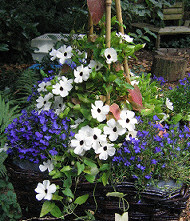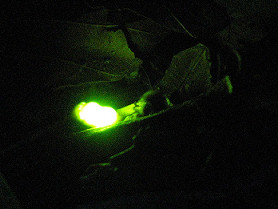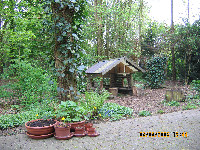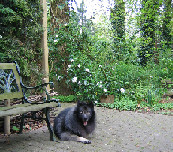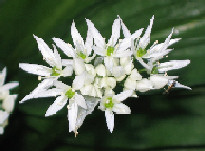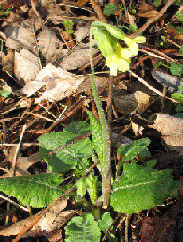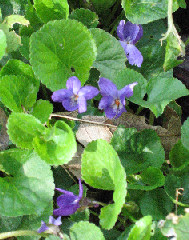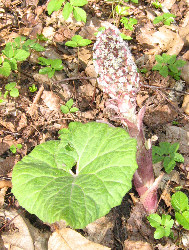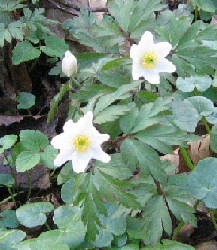|
The name of the genus, Petasites, is derived from petasos, the Greek word for the felt hats worn by shepherds, and familiar to us in representations of Mercury, in reference to the large size of the leaves, which could be used as a head-covering. No other vegetation can live where these leaves grow, for they exclude light and air from all beneath, and where the plant abounds, it has been described as ‘the most pernicious of all the weeds which this country produces.
The name Butterbur is supposed to have been given it because formerly these large leaves were used to wrap butter in during hot weather. ‘Lagwort’ is an old name we sometimes find for it, in reference to the leaves delaying their appearance till after the flowers have faded, though once the leaf-shoots make a start, they grow with almost tropical luxuriance.
The early flowering of this rank weed,’Hooker writes, ‘induces the Swedish farmers to plant it near their beehives. Thus we see in our gardens the bees assembled on its affinities, P. alba and P. fragrans, at a season when scarcely any other flowers are expanded.
In Germany an old name for the plant was Pestilenzenwurt, but one finds really very little either of evil or good assigned by the older writers to the Butterbur as compared with most other herbs. The old German name was given it, not as suggesting the plant was provocative of pestilence, but as an indication of its value as a remedy in time of such calamity (Henslow).
Anne Pratt says the former name of this plant was the ‘plague-flower,’ as it gained a successful reputation among the few remedies during the time of that malady. Lyte, in his Herbal, 1578, calls it ‘a soveraigne medicine against the plague’, and remarks of its leaves that ‘one of them is large enough to cover a small table, as with a carpet,’ and they are often 2 feet in width. Under its ample foliage, the poultry in farm meadows, shelter themselves from the rain, or find a cool retreat from the noonday sun. The Swedish farmers plant it in great quantities near their bechives, as bees are attracted by its flowers.
The seeds in some parts of the country have been used for love divination.
‘The seeds of butterdock must be sowed by a young unmarried woman half an hour before sunrise on a Friday morning, in a lonesome place. She must strew the seeds gradually on the grass, saying these words:
I sow, I sow !
Then, my own dear,
Come here, come here,
And mow and mow!
The seed being scattered, she will see her future husband mowing with a scythe at a short distance from her. She must not be frightened, for if she says, “Have mercy on me,” he will immediately vanish! This method is said to be infallible, but it is looked upon as a bold, desperate, and presumptuous undertaking!
|
The Egyptians held the Anemone as the emblem of sickness, perhaps from the flush of colour upon the backs of the white sepals. The Chinese call it the ‘Flower of Death.’ In some European countries it is looked on by the peasants as a flower of ill-omen, though the reason of the superstition is obscure. The Romans plucked the first Anemones as a charm against fever, and in some remote districts this practice long survived, it being considered a certain cure to gather an Anemone saying, I gather this against all diseases, and to tie it round the invalid’s neck.
Greek legends say that Anemos, the Wind, sends his namesakes the Anemones, in the earliest spring days as the heralds of his coming. Pliny affirmed that they only open when the wind blows, hence their name of Windflower, and the unfolding of the blossoms in the rough, windy days of March has been the theme of many poets:
‘Coy anemone that ne’er uncloses
Her lips until they’re blown on by the wind.‘
Culpepper also uses the word ‘windflower‘. In Greek mythology it sprang from the tears of Venus, as she wandered through the woodlands weeping for the death of Adonis
‘Where streams his blood there blushing springs a rose
And where a tear has dropped, a wind-flower blows‘.
The old herbalists called the Wood Anemone the Wood Crowfoot, because its leaves resemble in shape those of some species of Crowfoot. We also find it called Smell Fox. The specific name of nemorosa refers to its woodland habits.
|
